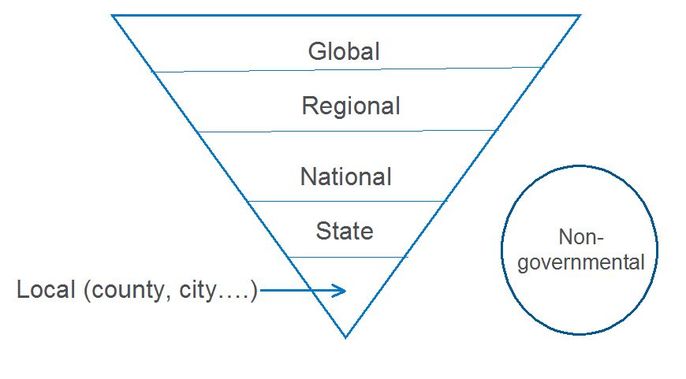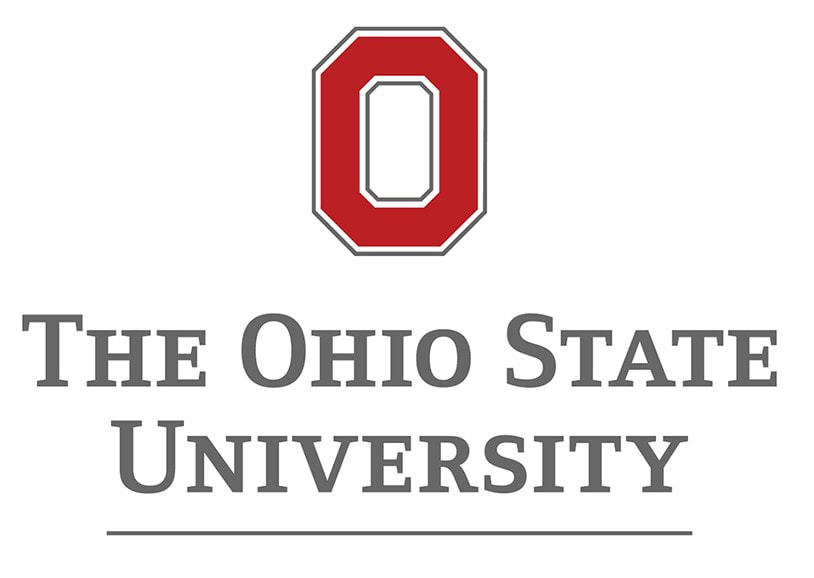Topic 1: Introduction to Regulatory Toxicology
LEARNING OBJECTIVES
After completing this lesson, you will be able to:
After completing this lesson, you will be able to:
- Identify regulatory toxicology inside and outside of government.
- Give examples of regulatory toxicology at various scales and locales.
- Explain the difference between a regulation and guidance.
What is Regulatory Toxicology?
- Regulatory Toxicology is where the science of toxicology meets the regulations, policies and guidelines that protect human health and the environment from chemicals. Regulatory toxicology commonly is associated with government agencies. These agencies may vary dramatically in their size and scope. For example, the United Nations covers the entire globe, while agencies within a city are limited to the area covered by the municipality.
- Regulatory agencies generally have specific focus areas that they address. For example, the U.S. Occupational Safety and Health Administration (OSHA) covers hazardous chemicals in the workplace, while the U.S. Consumer Product Safety Commission (CPSC) addresses chemical hazards in consumer products. Lastly, regulatory toxicology also occurs in non-governmental agencies such as professional societies, private industry and various advocacy groups. Further discussion of these is provided later in the module.
- For more information on OSHA and CPSC: visit https://www.osha.gov/ and https://www.cpsc.gov/
What is the difference between a regulation, policy and guideline?
- A regulation is a rule or order issued by a governmental authority that has the force of law. Often regulations are developed by experts in a governmental authority to enforce legislation. An example of a regulation is the Food Quality Protection Act (FQPA) passed by the U.S. Congress and signed into law by the President in 1996.
- Policies and guidelines are principles and approaches that clarify and interpret regulations. As such, policies and guidelines do not carry the force of law but provide important direction.
- The Federal Insecticide, Fungicide and Rodenticide Act (FIFRA) is a U.S. regulation that regulates the broad class of chemicals used as pesticides (i.e., substances used to combat “pests”). The U.S. Environmental Protection Agency (EPA) has authority of over FIFRA, and has in turn established many policies and guidelines concerning pesticides.
- One area that EPA has established multiple policies and guidelines is in the registration of pesticides (i.e., EPA review and approval).
Topic 1: Key Points
In this section, we explored the following main points:
In this section, we explored the following main points:
- What is Regulatory Toxicology?
- What is the difference between a regulation, policy and guidance?





